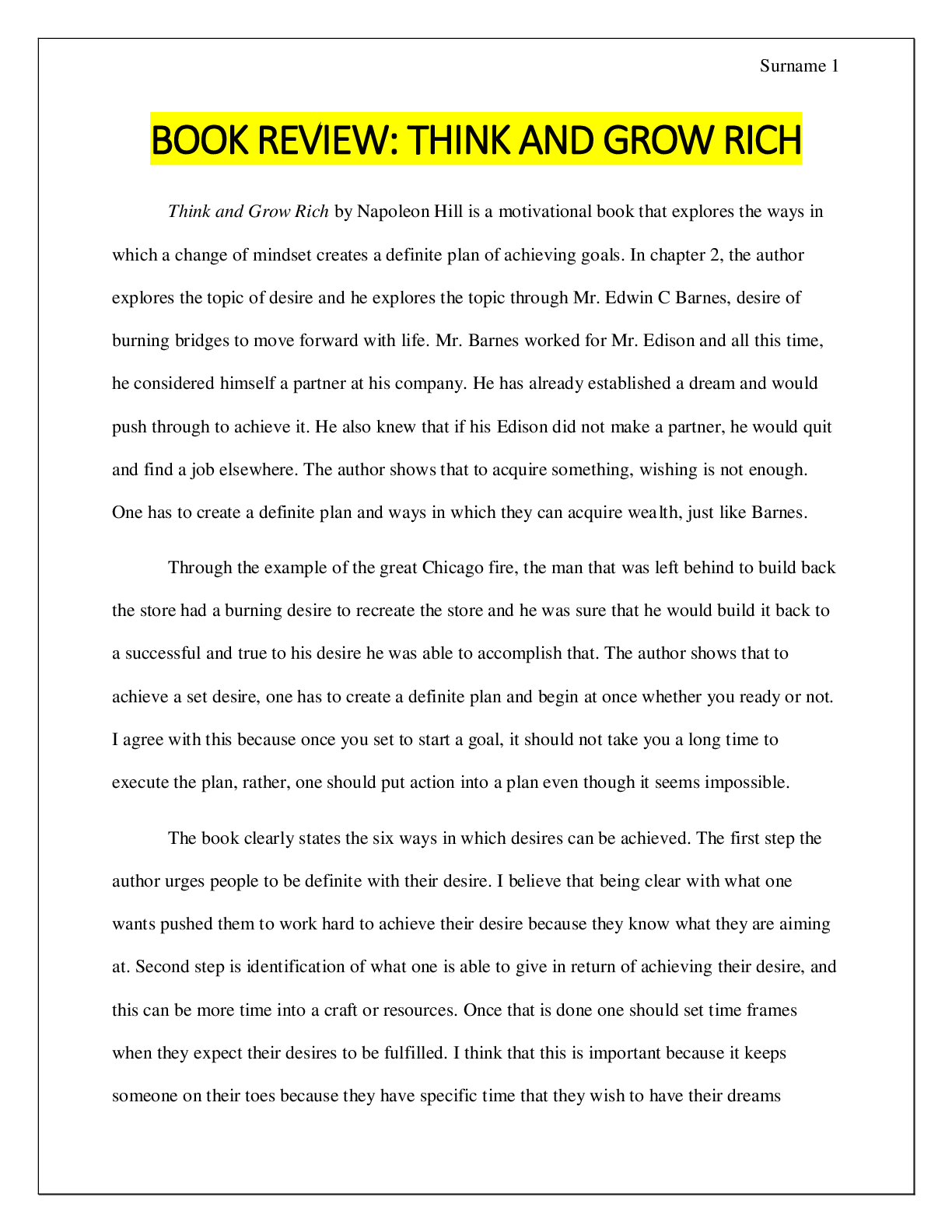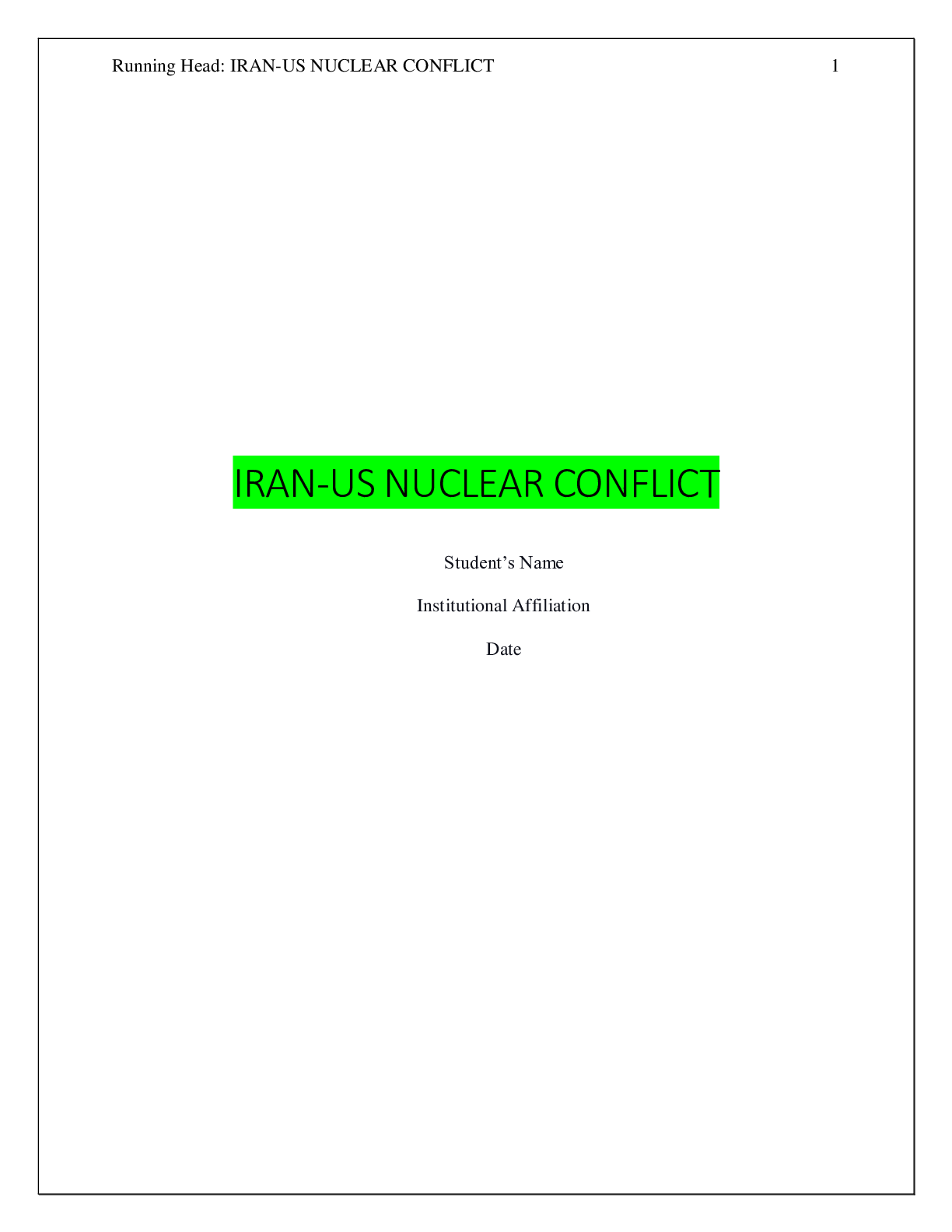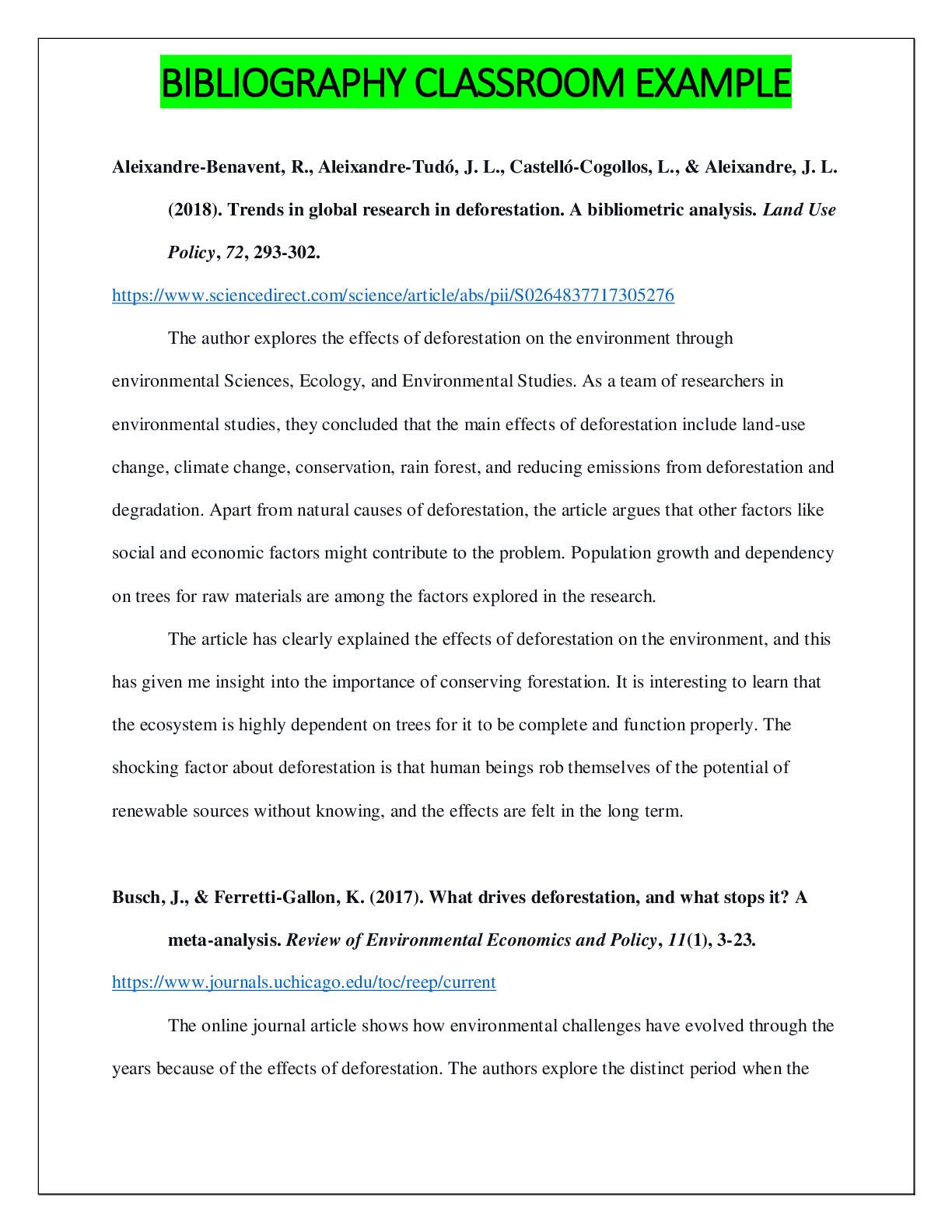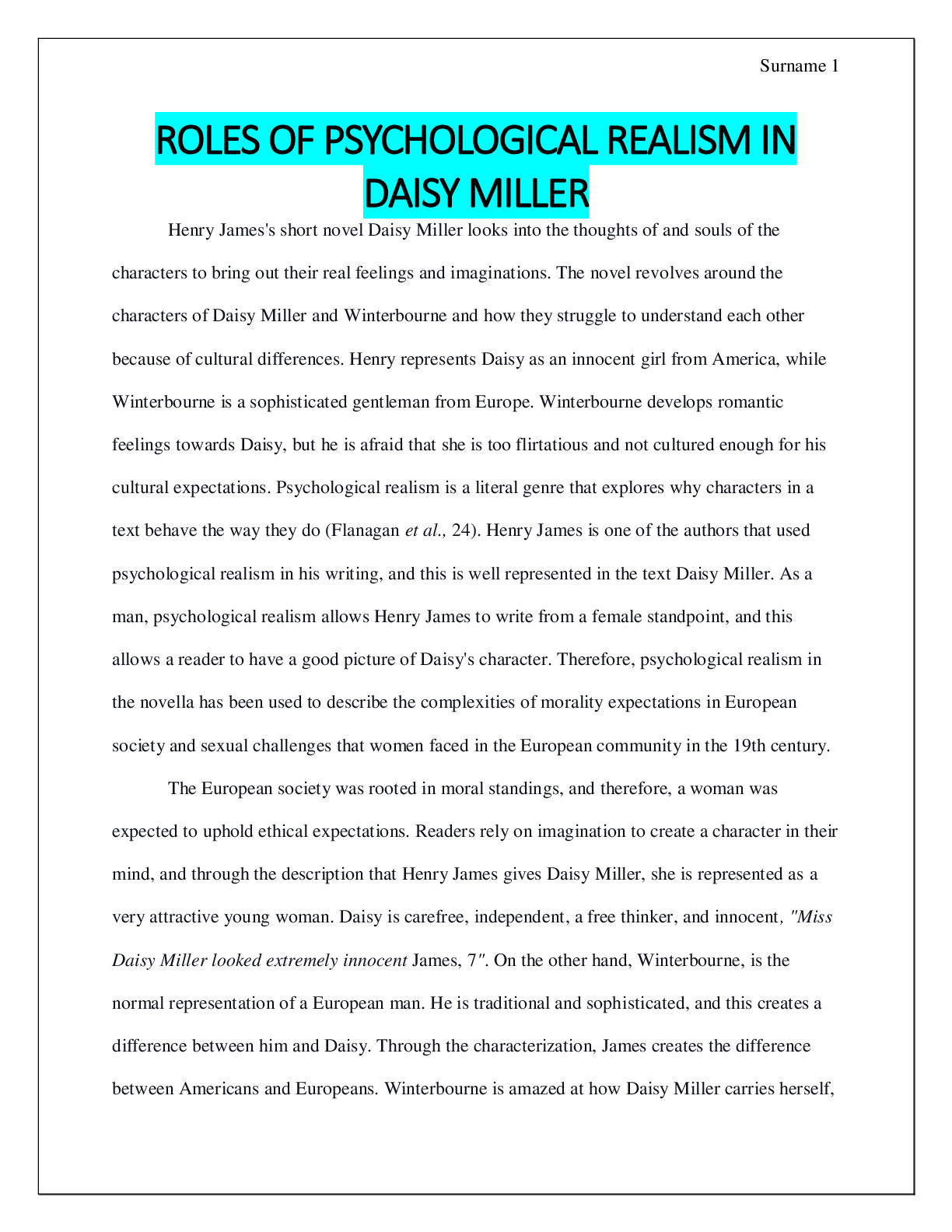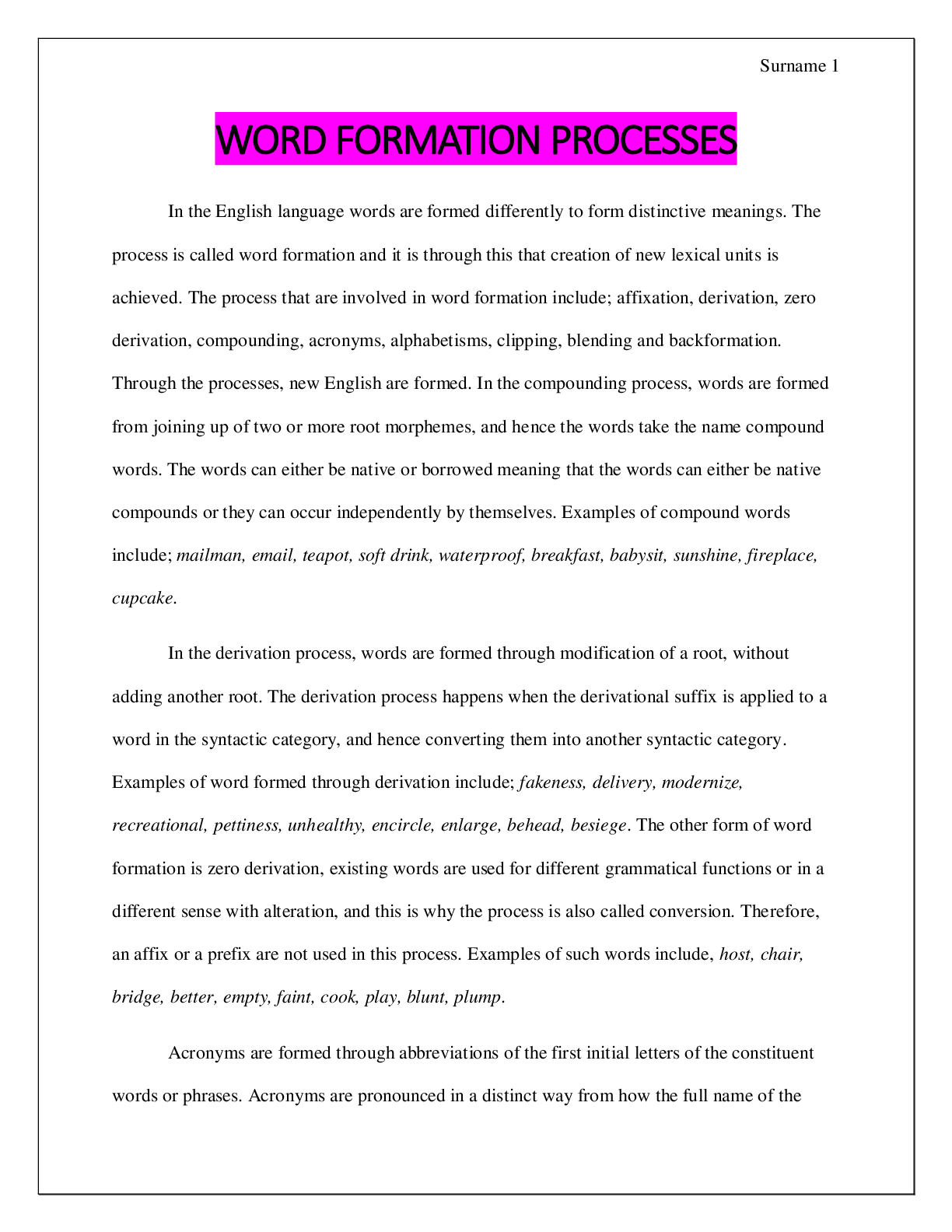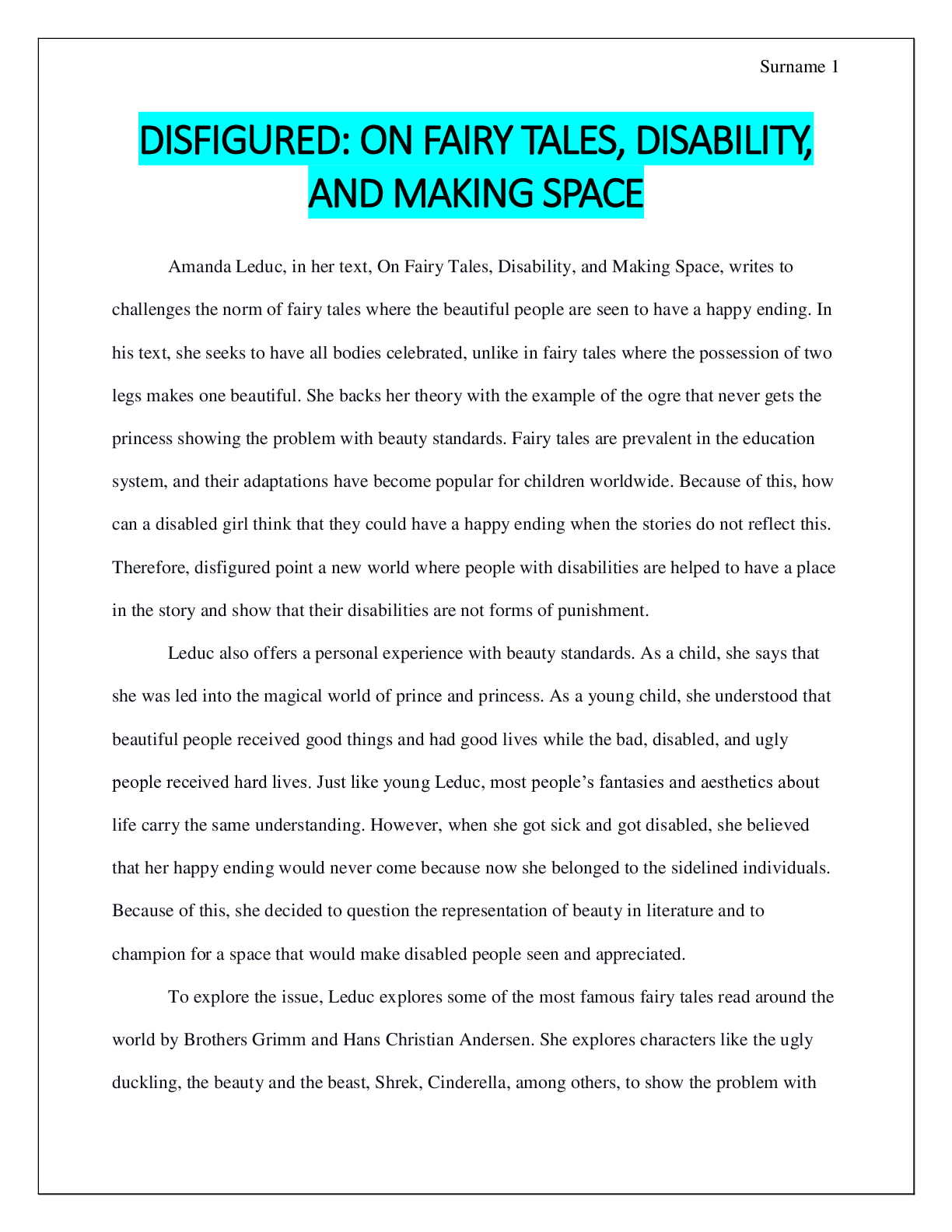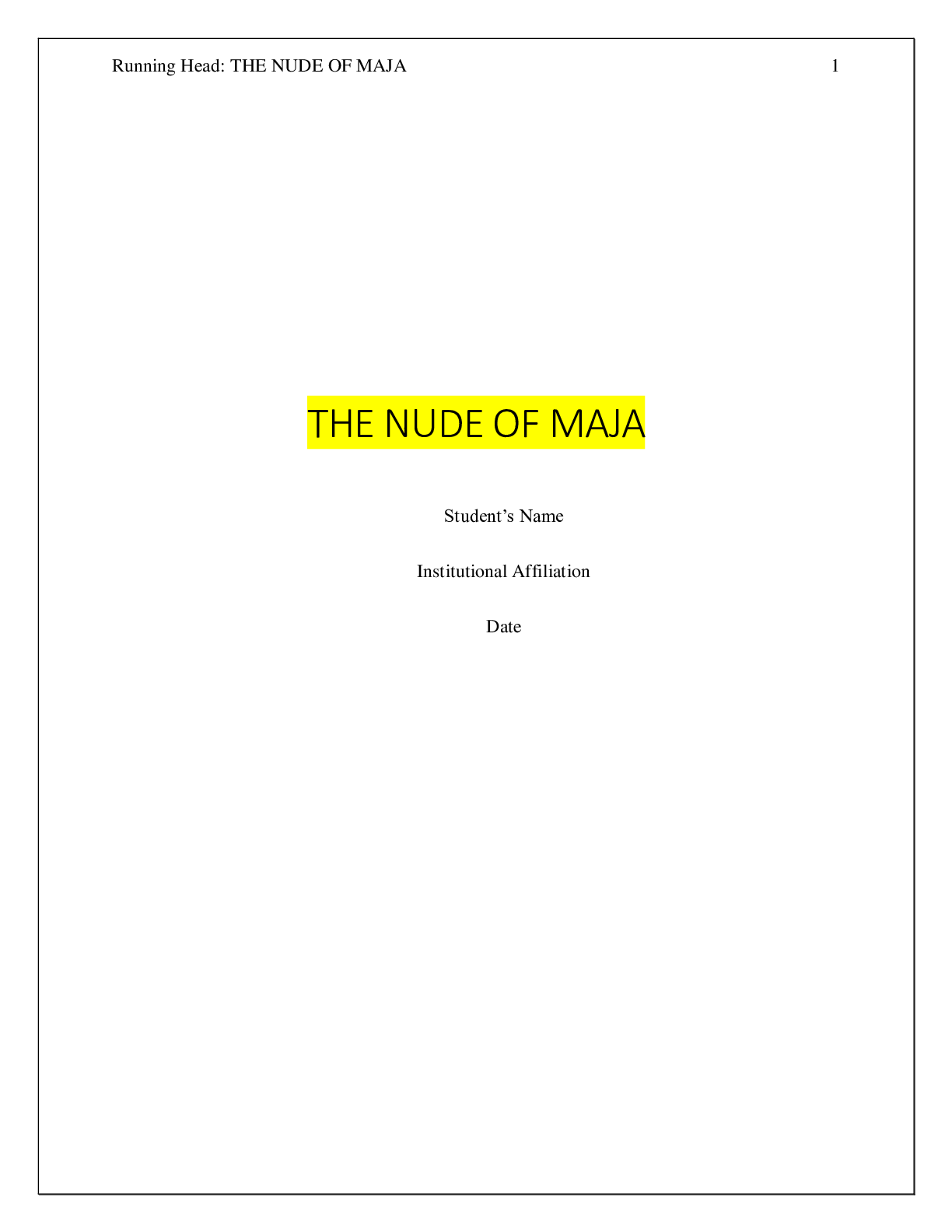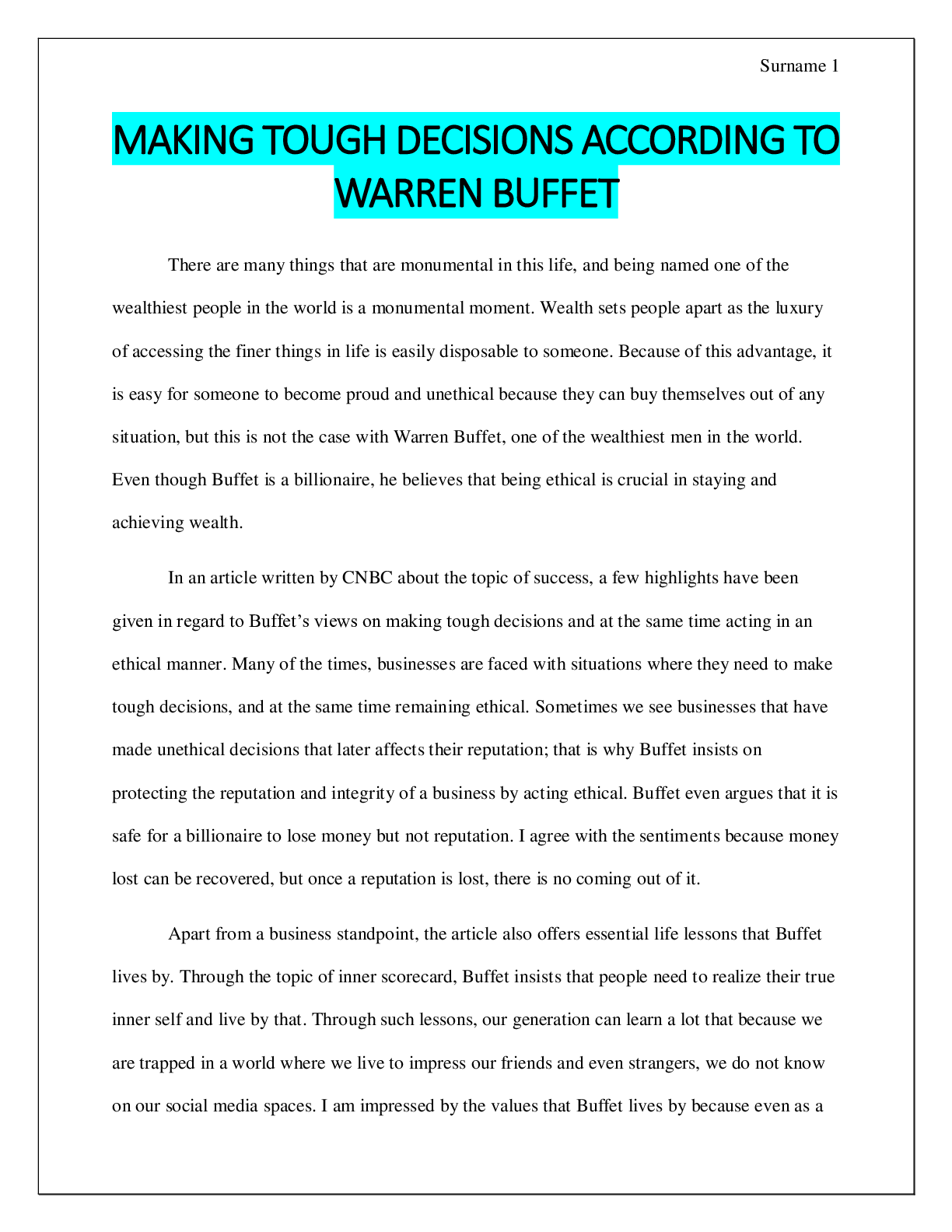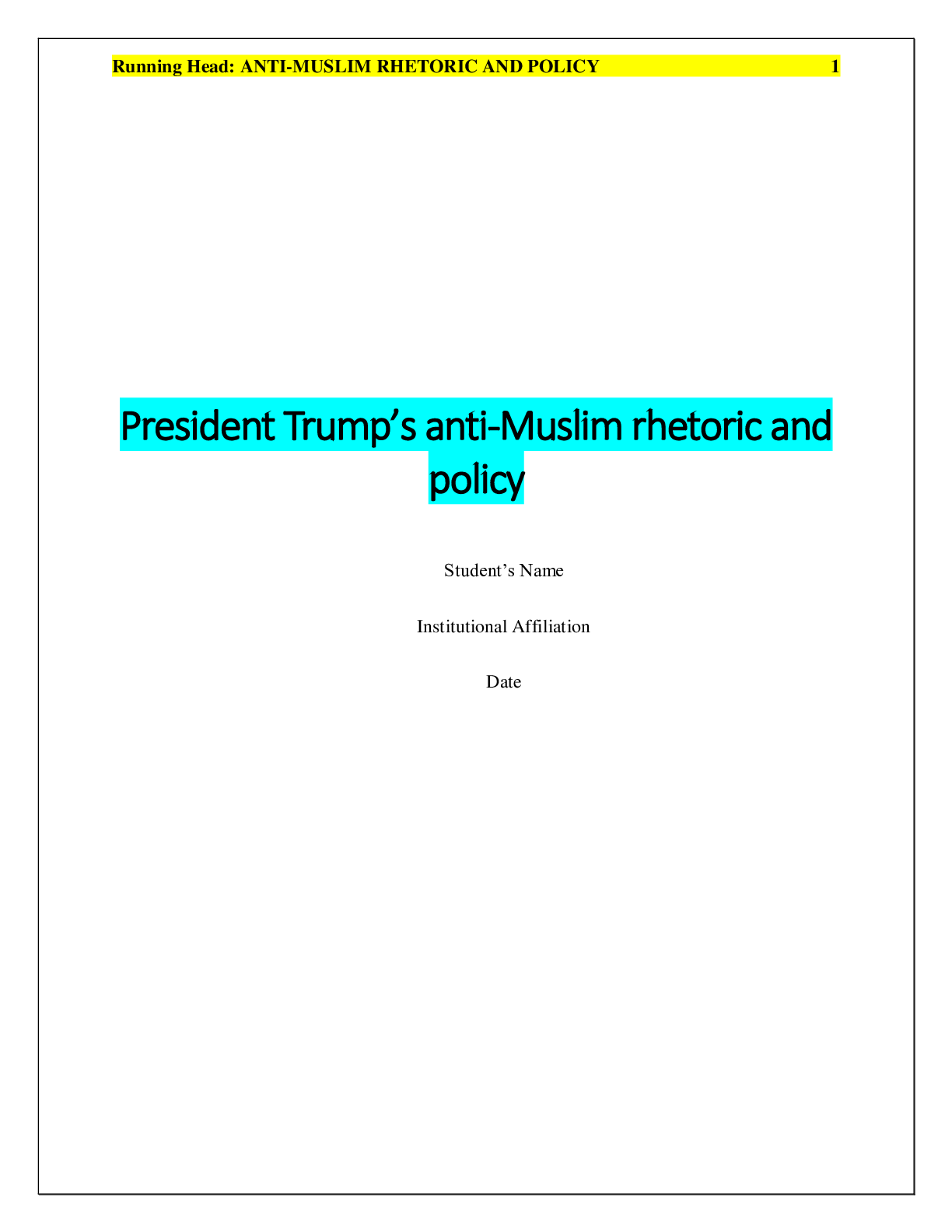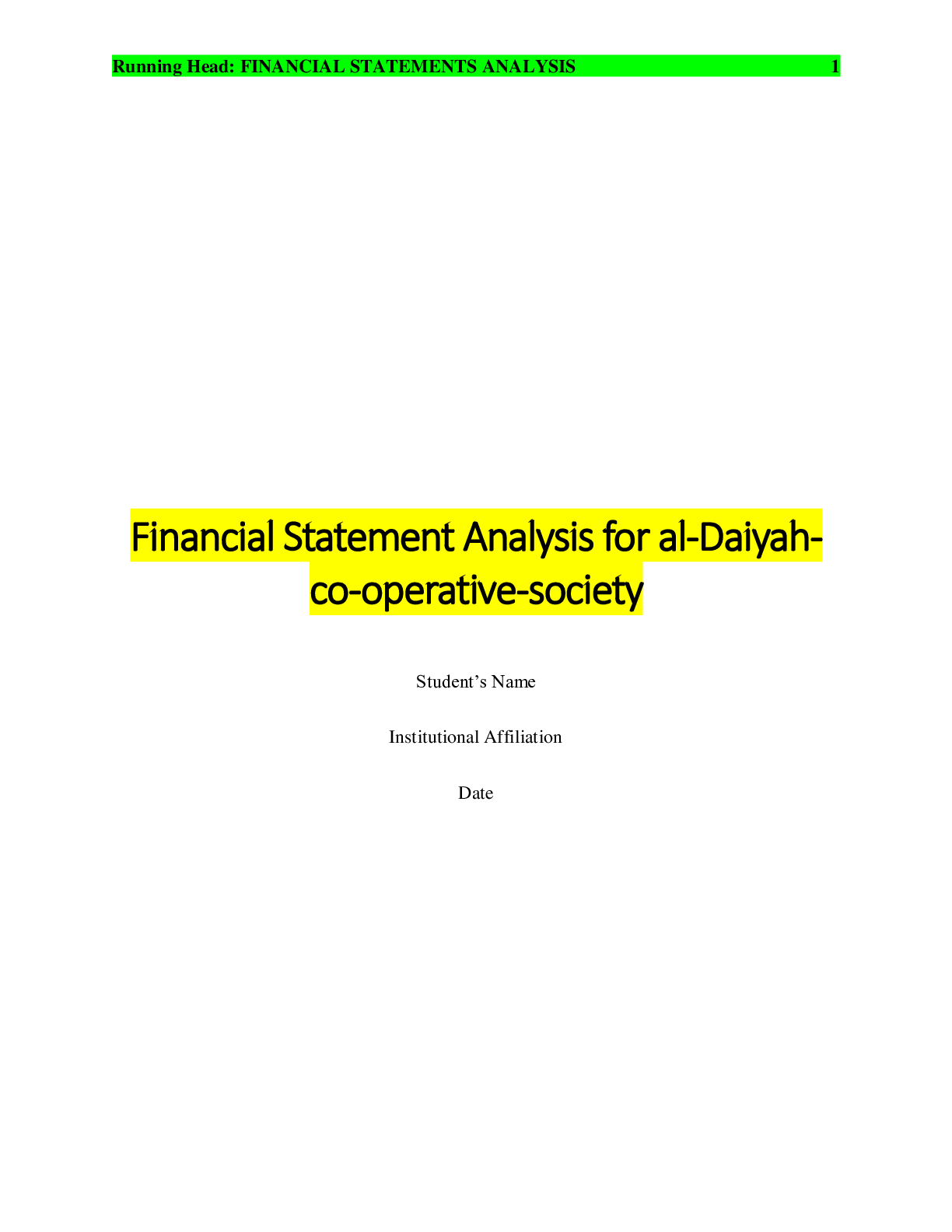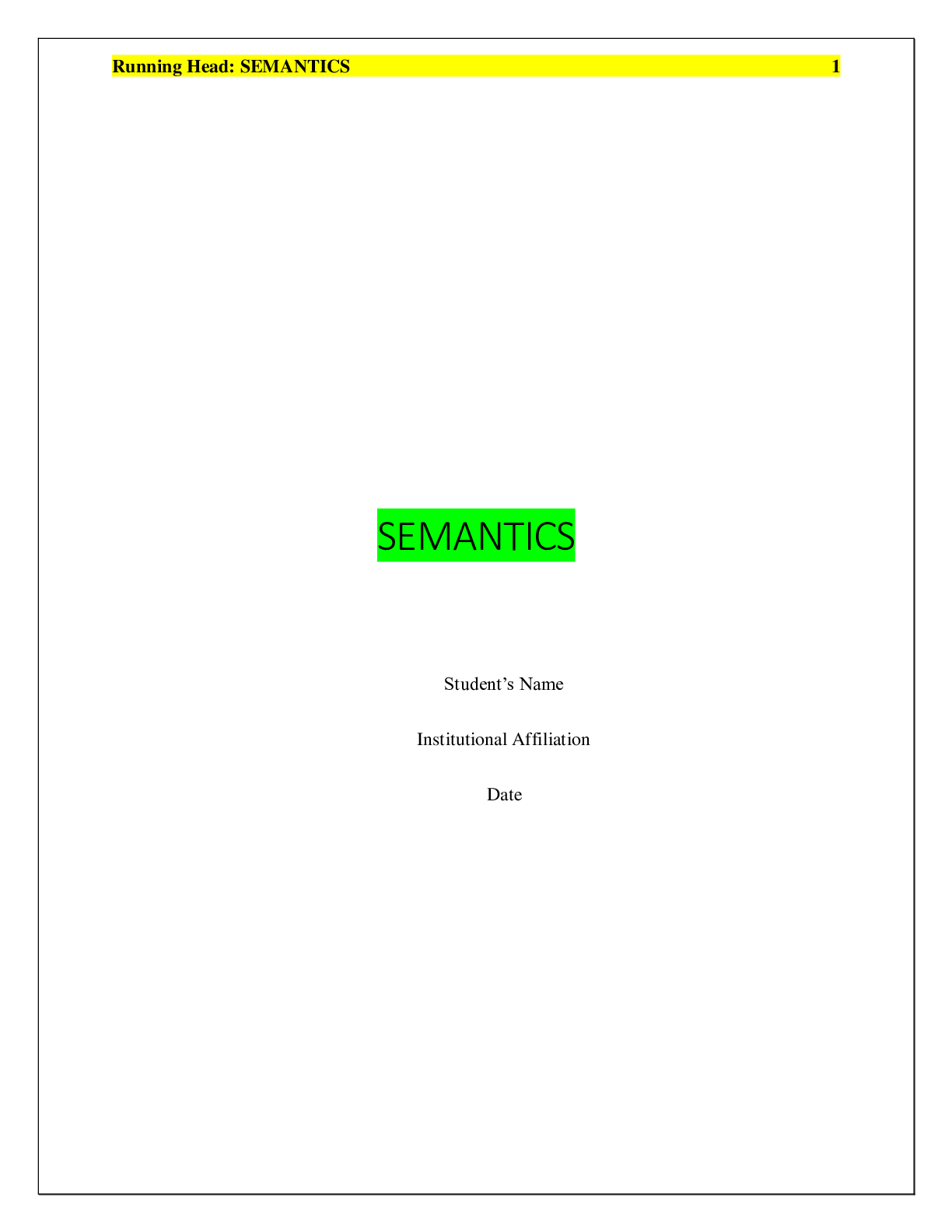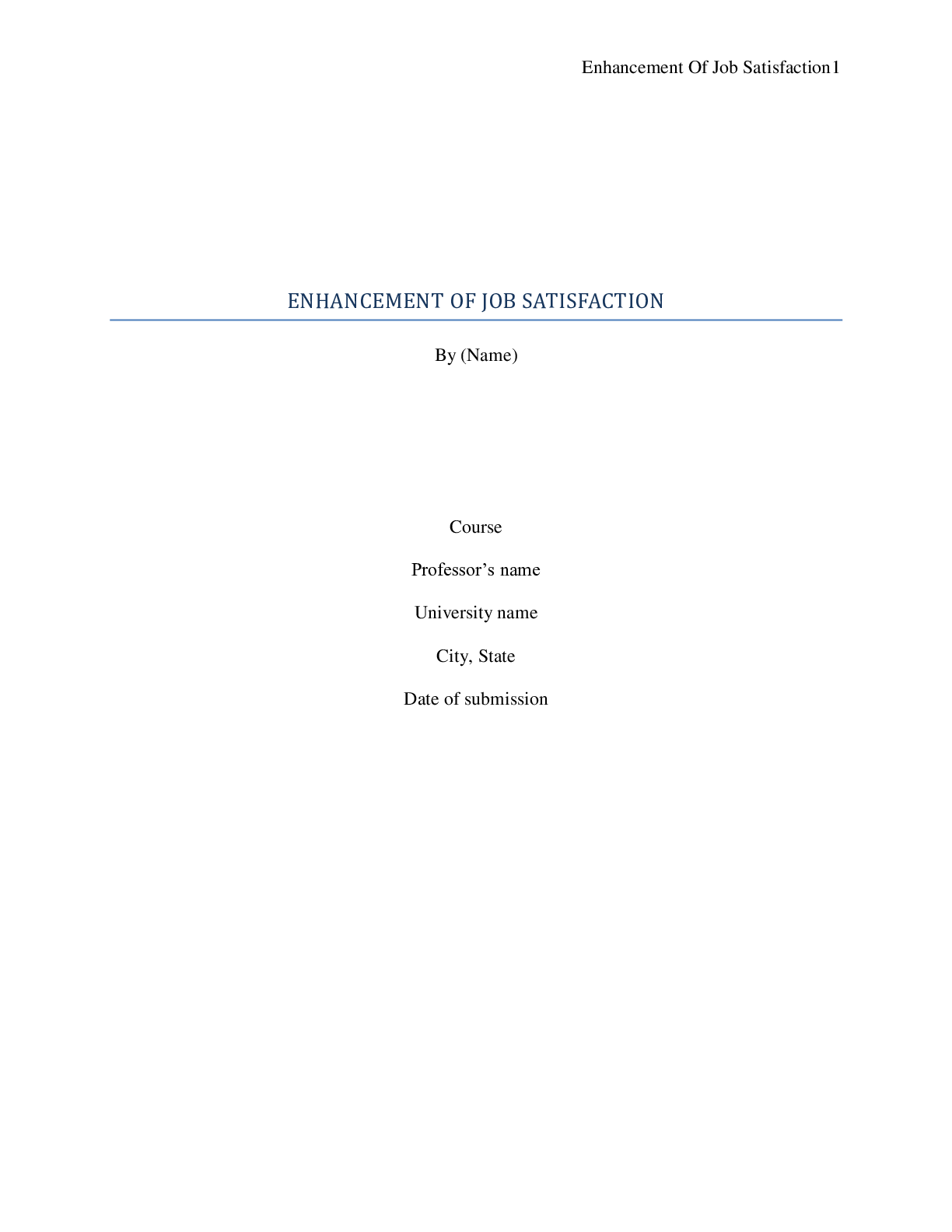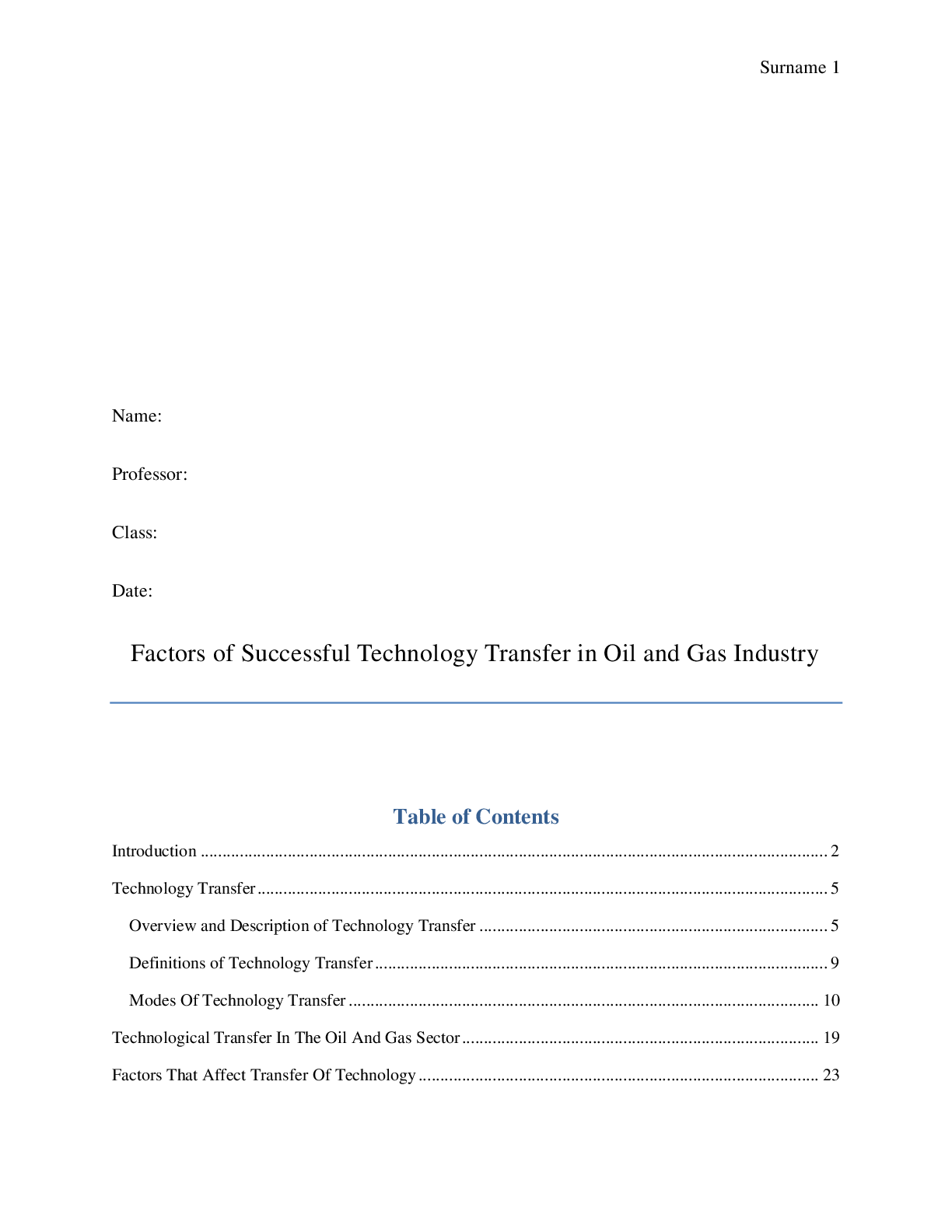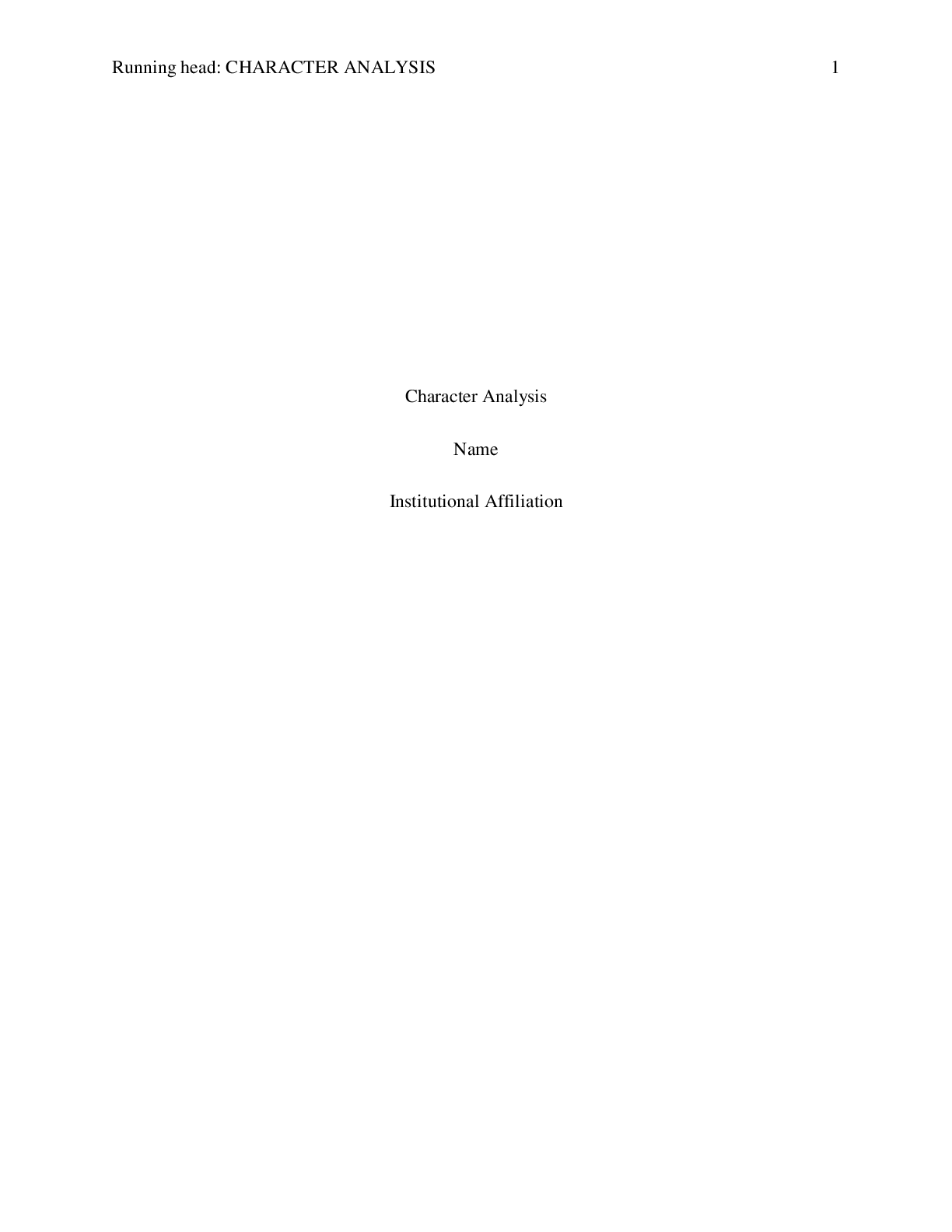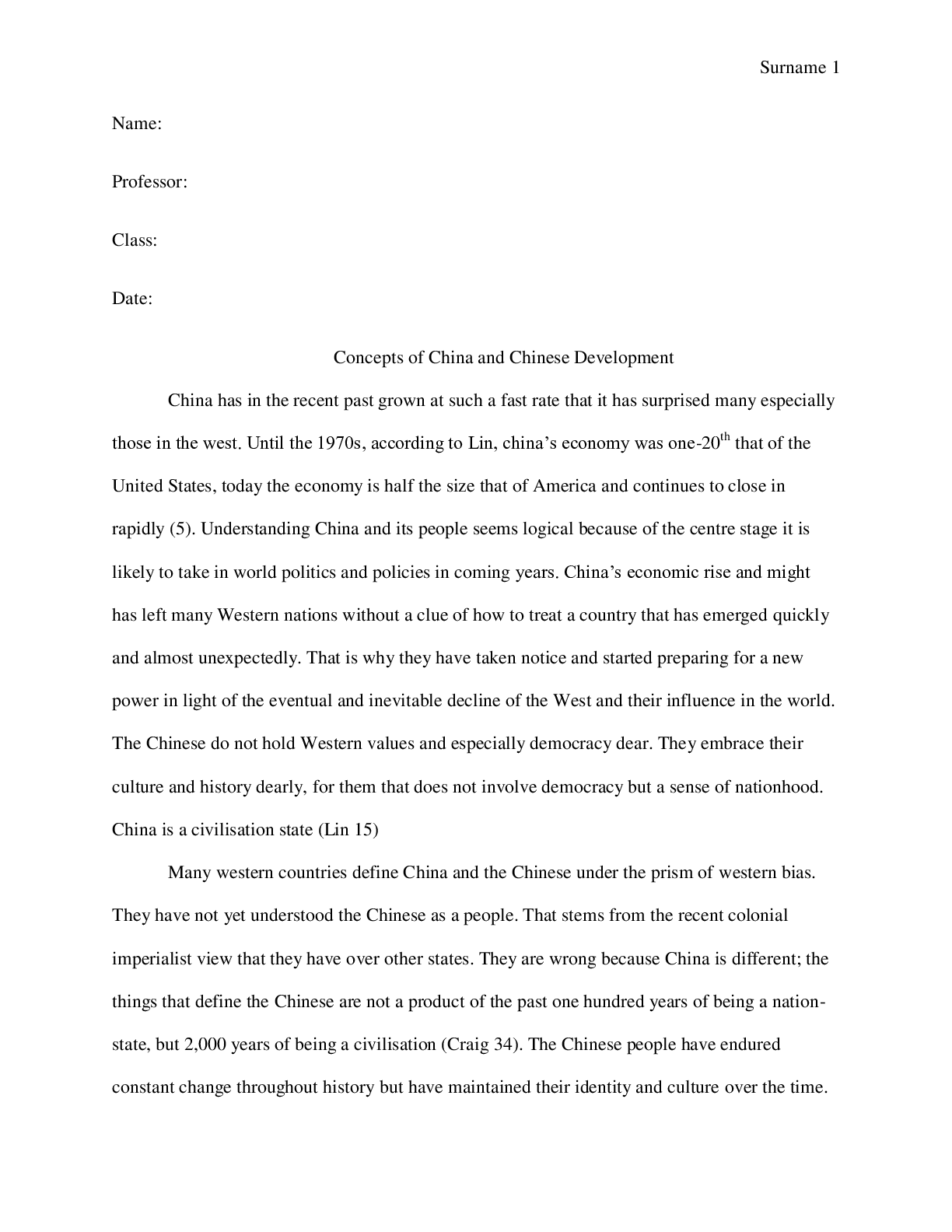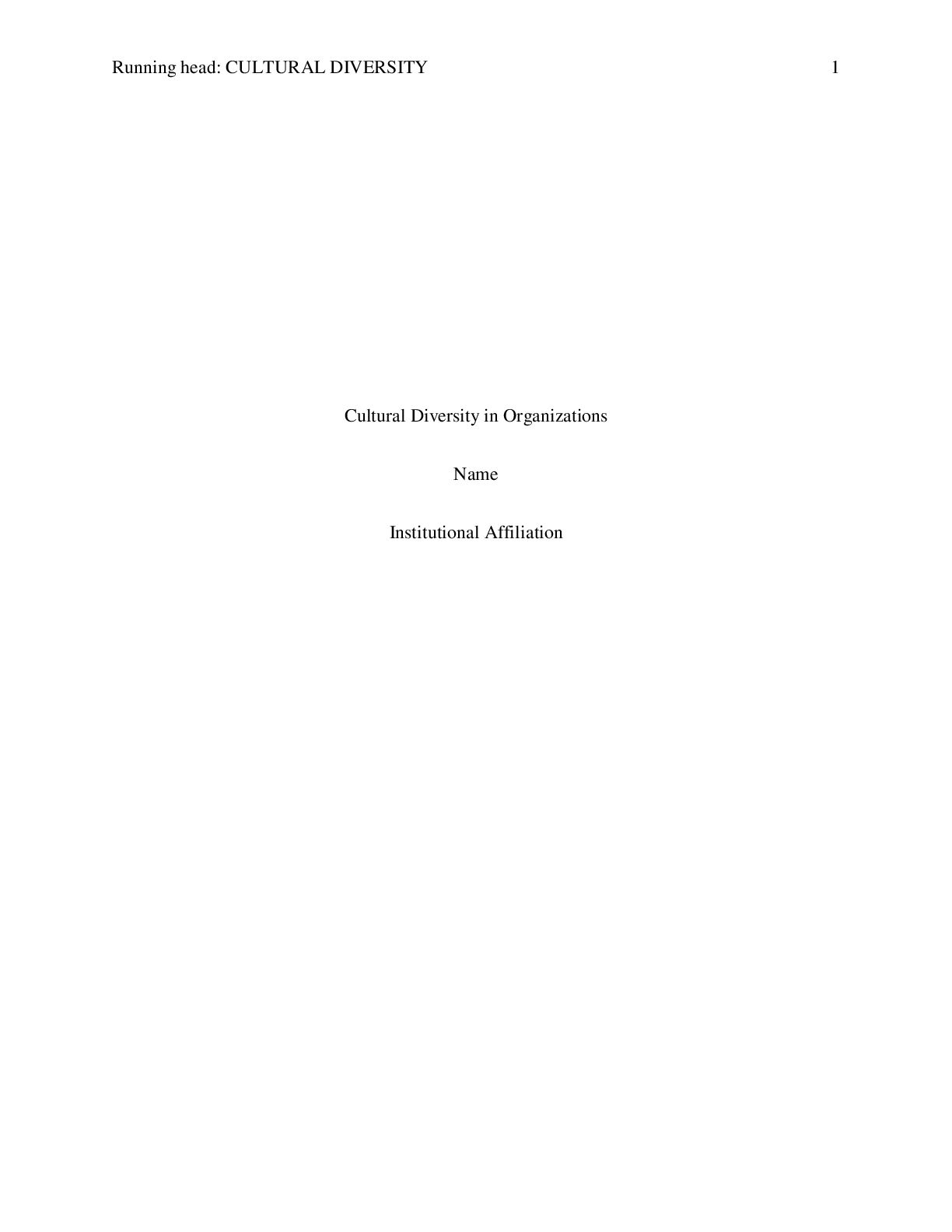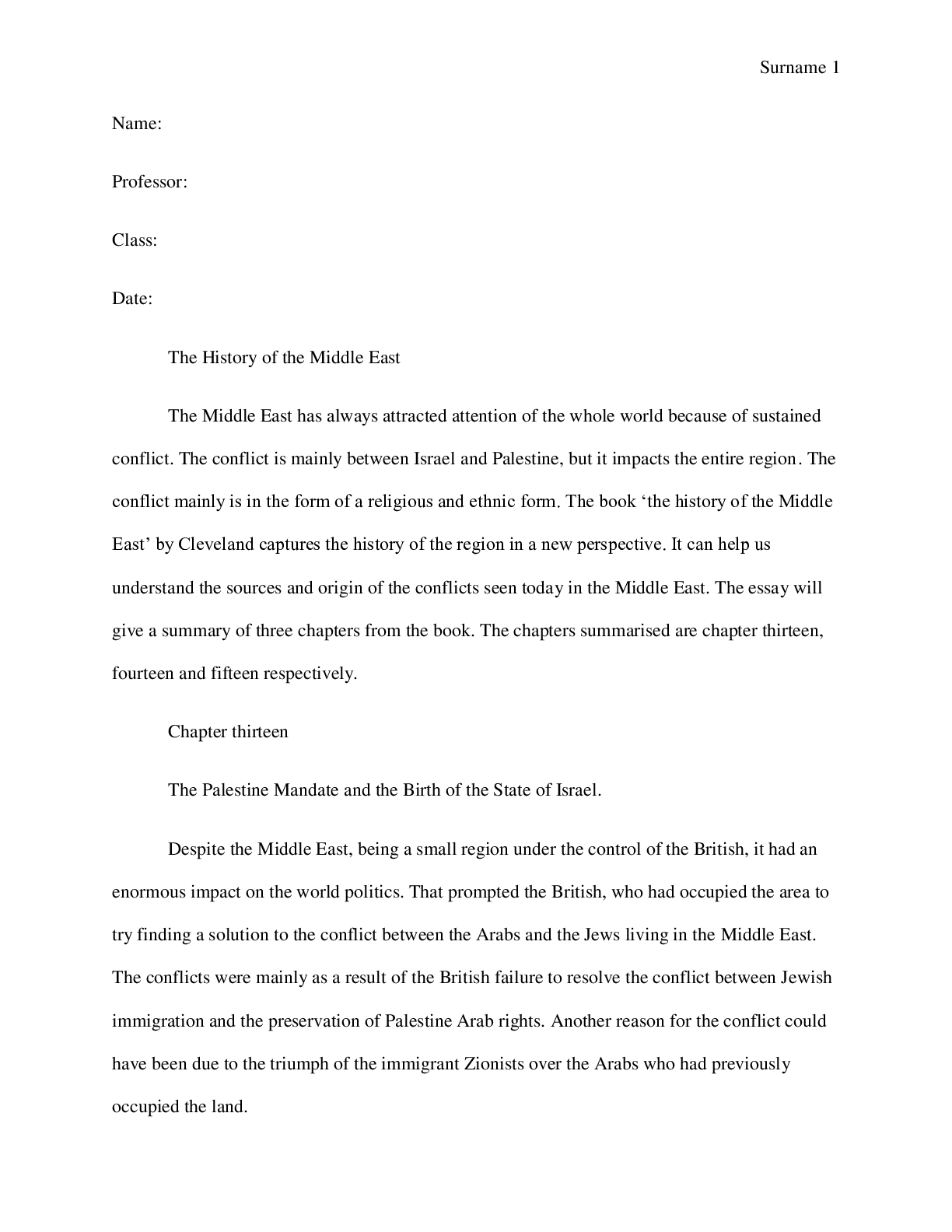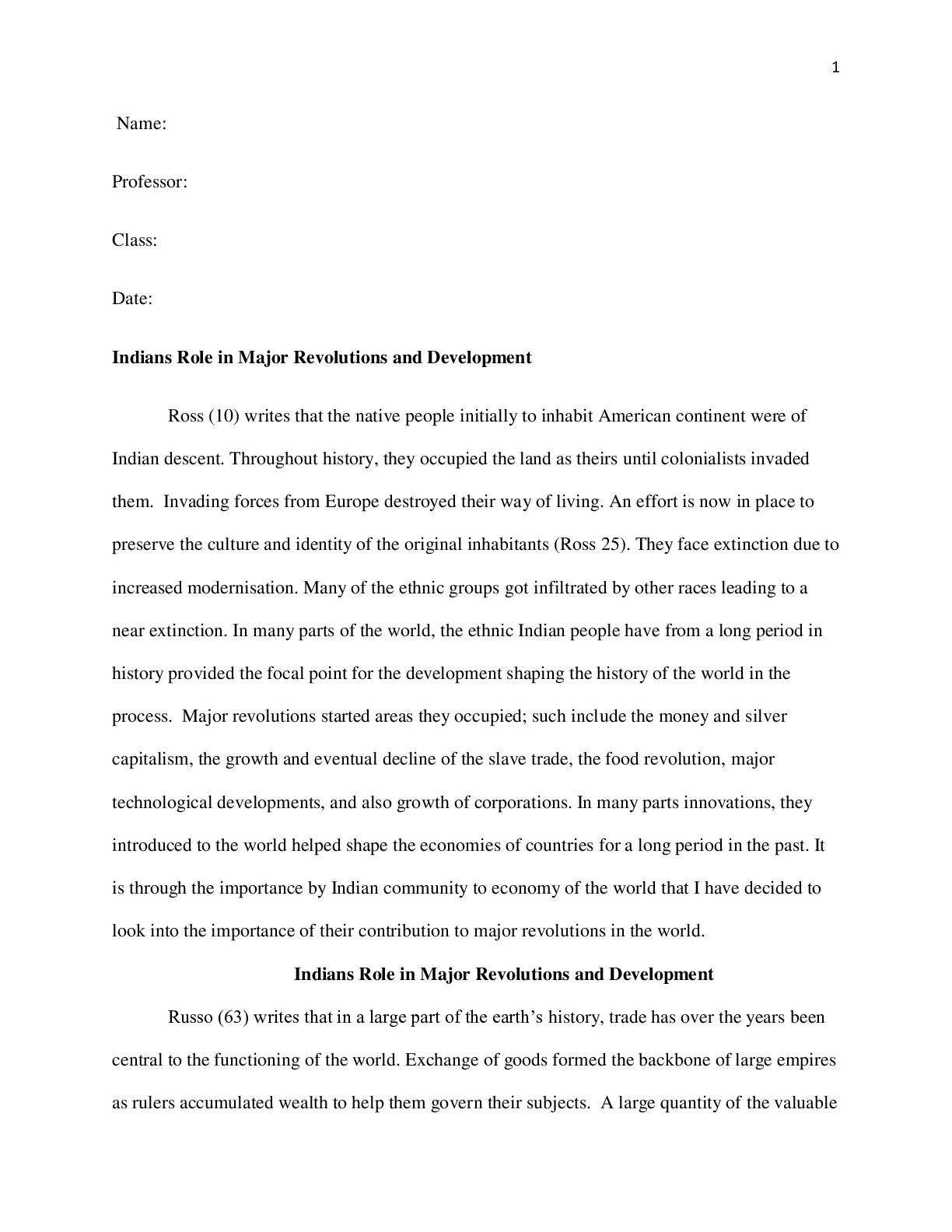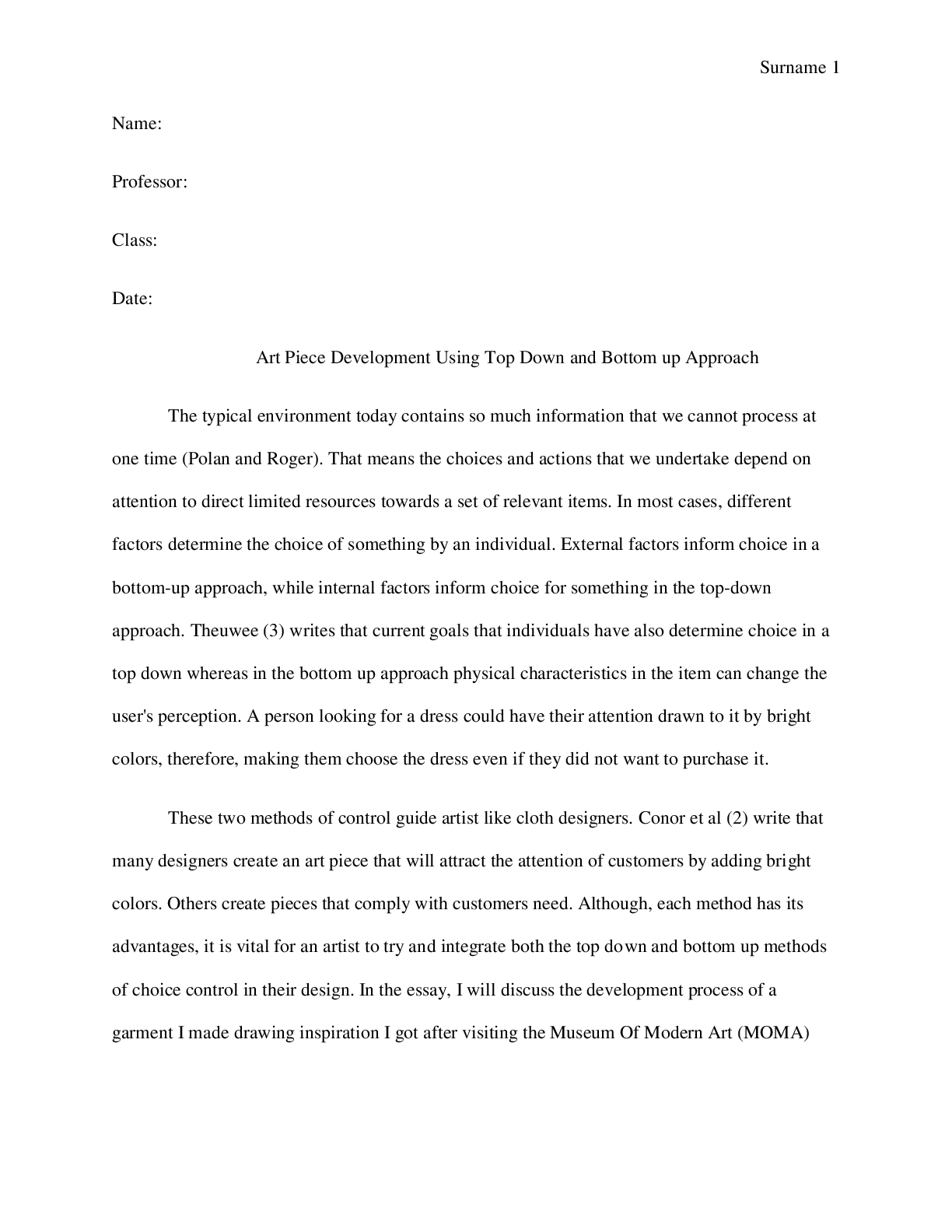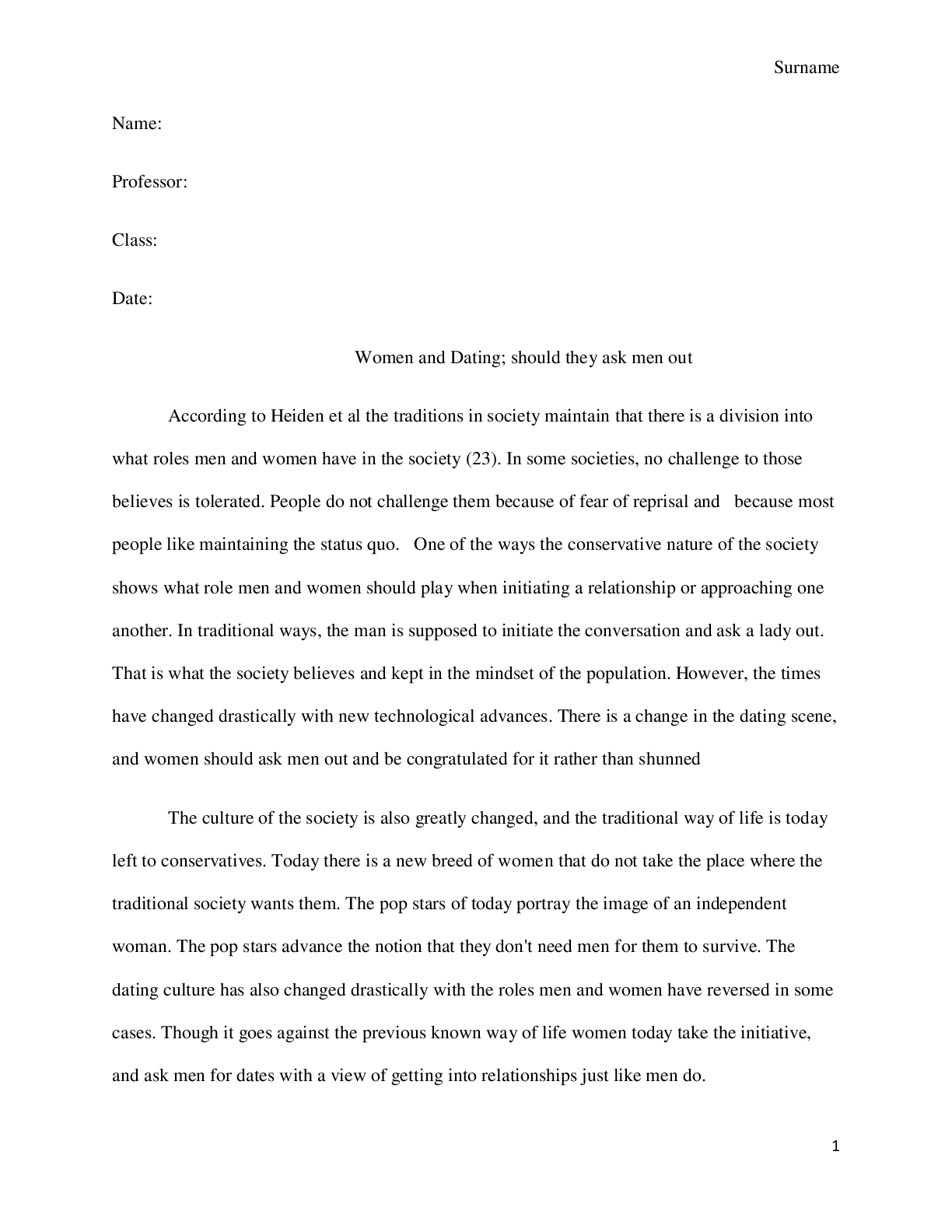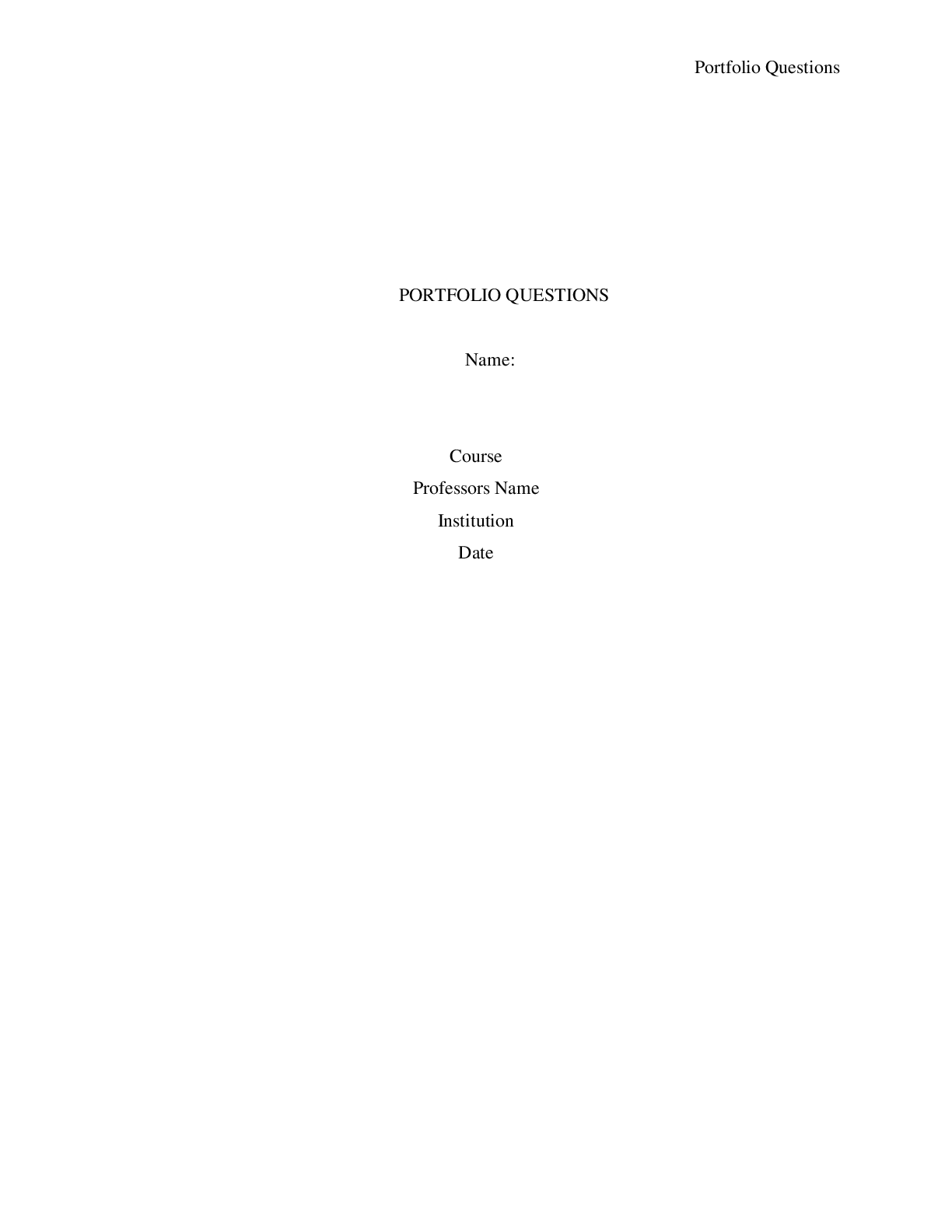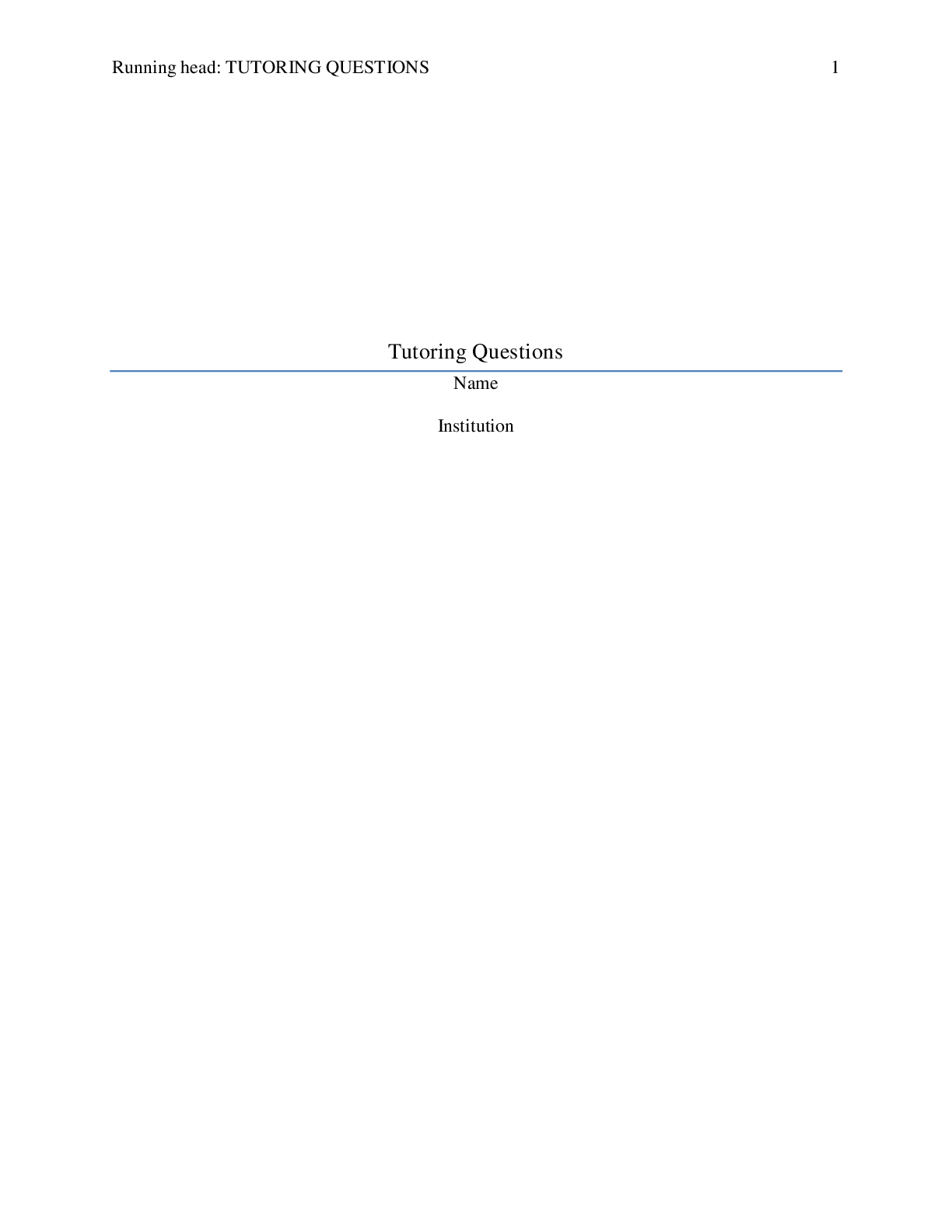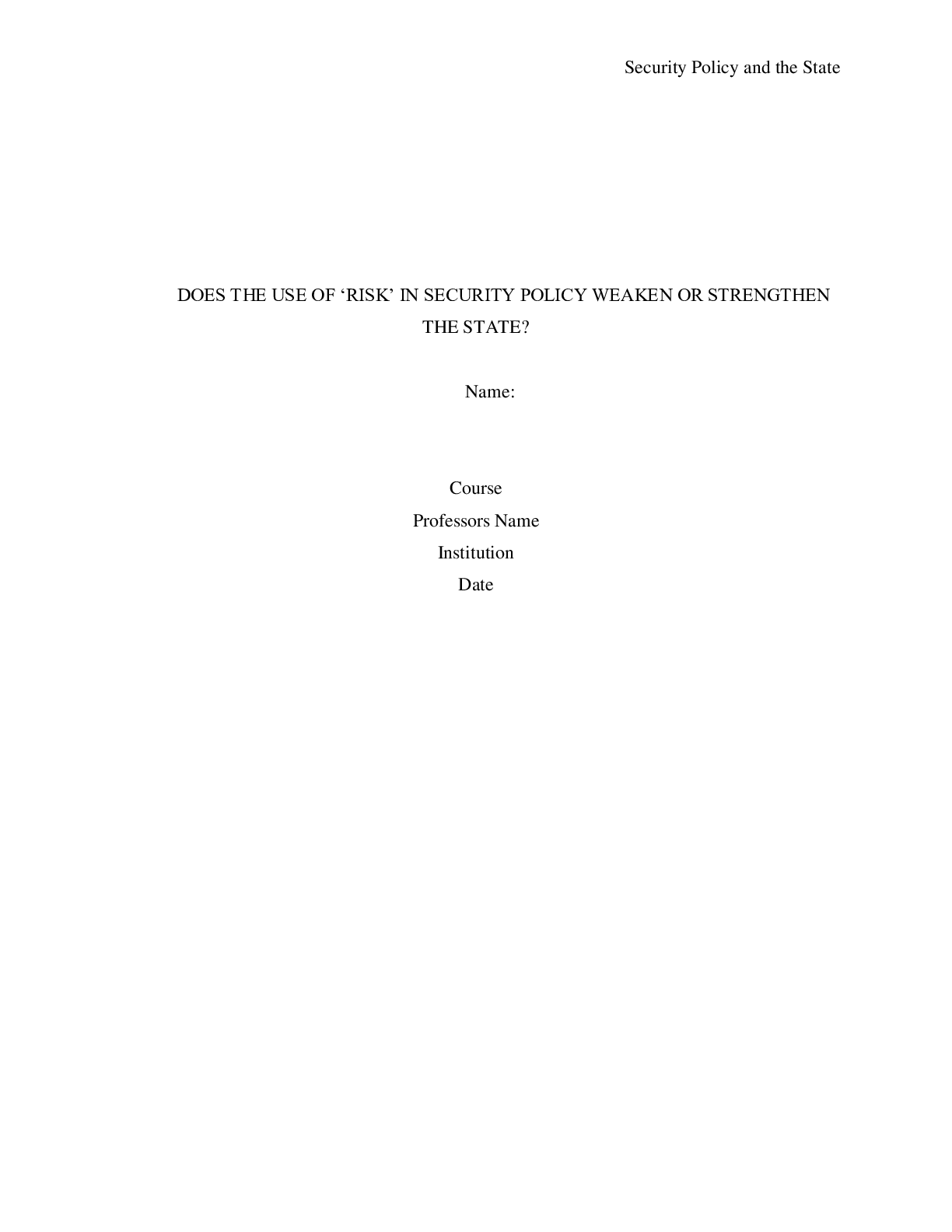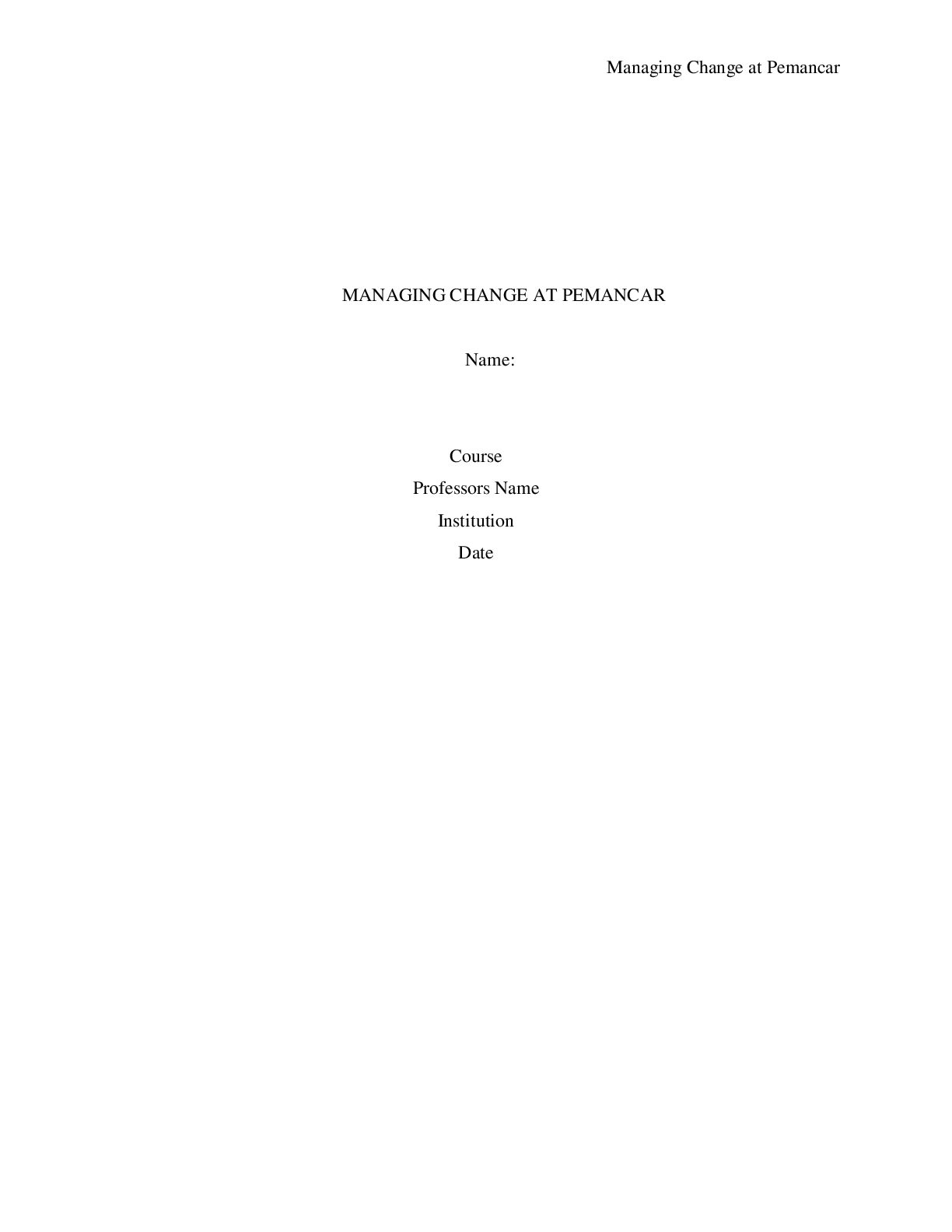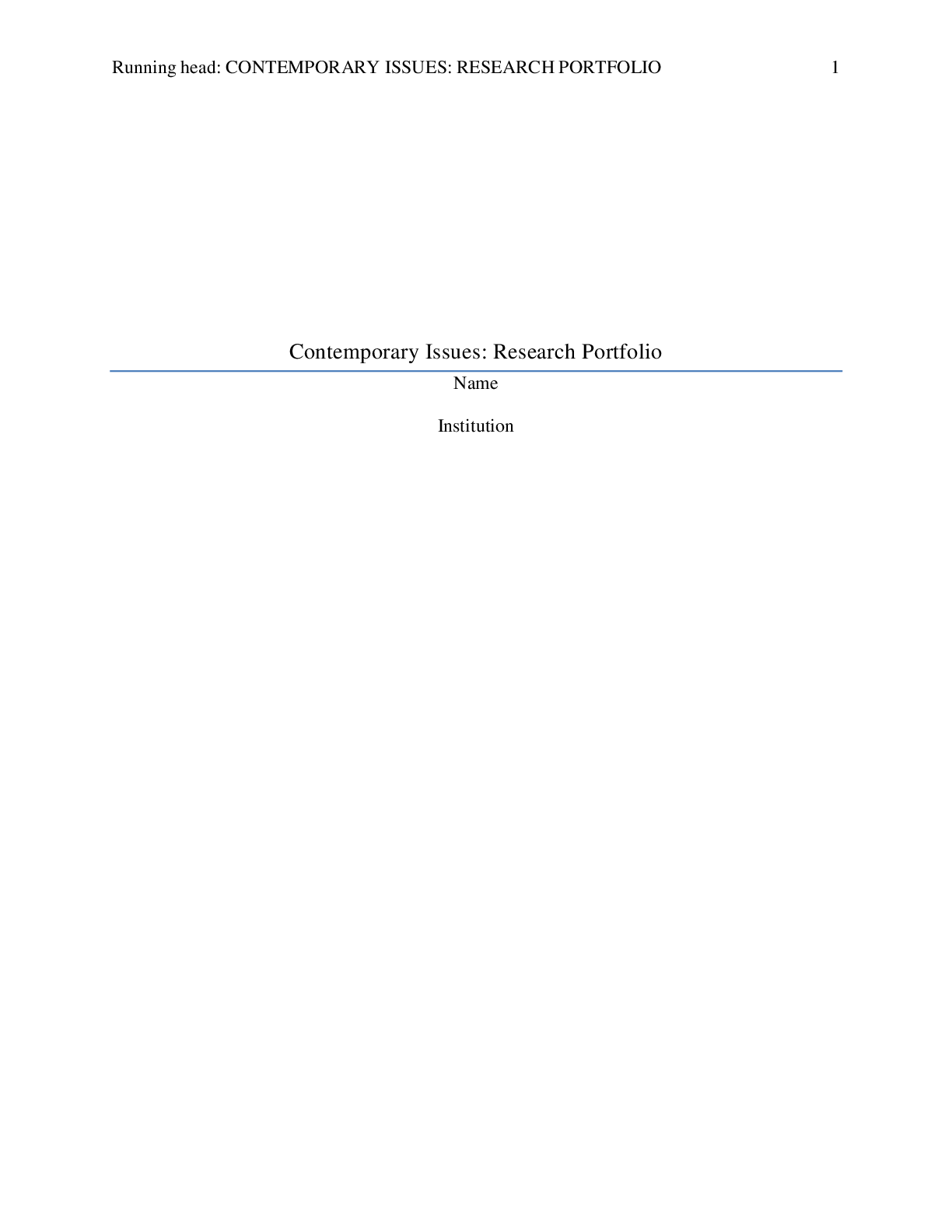Linguistics > ESSAY > LINGUISTICS: ROMEO AND JULIET FILM ADAPTATION (All)
LINGUISTICS: ROMEO AND JULIET FILM ADAPTATION
Document Content and Description Below
ROMEO AND JULIET FILM ADAPTATION In film, movie adaptation is very popular and this is whereby film directors use pre-existing literal work to make a film. The film directors use novels as their ma... in basis of the flow of their work. Film adaptation began in the late 20th century and most of the adaptations were made from significant authors, whose works are still significant in the modern day. William Shakespeare, is one of the most significant authors in literature and his literal works have been adopted into film by different directors. One of this works that is very popular in film is Romeo and Juliet. In 1996, Luhrmann made the Romeo and Juliet adaptation, and the film is one of the most popular adaptations of the literal work. Through the film, there are a lot of differences that were observed at different viewers had mixed emotions about the distortions, made throughout the film. However, according Luhrmann, the distortions were important in the film because the way of writing in the original film is obscure and the modern world had a difficult time understanding it. The distortions were therefore made to make the modern audience of the poem relate with features of the current world. Therefore, the following essay will show that the 1996 Romeo and Juliet film, updates the play. The film uses modern language making it easy to understand for modern generation and the setting, costume, casting, music, and props are consistent with the modern world and this updates the film. Luhrmann’s 1996 film uses modern setting and this gives the audience a better understanding of the themes in the play because it is relatable. In the original text by Shakespeare the setting is in the 16th century, in Italy in a town called Verona. This a very long time period and the way of life in this community is very different from the modern life setting. Because of this Luhrmann creates a modern setting. The setting in the film is in the 20th century American environment, but still maintains the town’s name, Verona (Pizano, 548). The original town is set up in hot weather, a small city with wealth families feuding with each other. Verona beach in the film is also in the same ambiance of hot weather with beaches, but instead of families, the Verona beach is occupied by gangs. In the modern day, it would seem unreasonable to represent the city with families feuding each other because that form of lifestyle does not exist in modern world, and this shows the updates created by the film. The film is a short version of the original play, but it incorporates all the important sections of the play, and it therefore gives modern viewers an updated version. It would be impossible to show all the details of the play in the adaptation. Luhrmann has also incorporated the language used in the play, and this enhances the films authenticity. For example, actors use words such as swords to refer to their guns. Therefore, even though the setting of the play is different from the original play, it updates it to suit the modern audience. The casting of the film has not been altered and they still maintain the characteristics represented in the play. Romeo and Juliet are the main characters in both the film and the play. Romeo and Juliet are both teenagers in the play and the 1996 film. The way their characters are described in the original is the same way Luhrmann represents them. Romeo is very handsome and Juliet is beautiful and this gives modern audience an actual visual representation of the characters and this updates the play. The characters execute the themes very well (Casetti, 32). The original play is based on passion and conflict and the same have been well executed in the 1996 film. Shakespeare shapes the ideas of conflict by use of literary devices such as death. For example, a conflict erupts in Act 3 scene 1 of the play, the death of Tybalt and Mercutio, triggers conflict as Romeo is hunted for both deaths. Luhrmann’s creates modification of these scenes to conform to the modern-day audience, through camera movements and point of view shots to give the audience flow of emotion and tone, in this particular scene. Through this, the audience is in contact with emotions that the characters feel unlike in the original text and this updates the original play. The costumes used in the film updates the original play’s costumes and this makes it more relatable to the modern audience. In the original text, the characters are from noble families and therefore their costumes are elaborate, beautiful and distinguished and have a reflection of the Italian Renaissance period. However, in the film Luhrmann uses casual costumes to elaborate characteristics of the actors. Luhrmann also differentiates the two families, the Montagues and the Capulets, to show the difference between the two families and their influence (Walker, 12). Through this, he deliberately makes it possible for modern reader to see the difference between the two families. In the play, Shakespeare uses descriptive text to explain the difference between the families, and therefore, the film updates the film. in the play, the scene about the masquerade ball is represented as costume theme party, something that was very popular during the late nineties. Modern audience is able to relate and understand such features and this also updates the film. Conclusively, the film succeeds in updating the original text because Luhrmann does not fall far away from the concept of the original play. The language that is used in the play are significantly present in the film and this gives the audience a touch of the 16th century culture. Because of advancement of language alteration cannot be avoided, and even with this the film succeeds in updating the play. Because of features of a film, angles and camera shots help in building of emotions, unlike in the original where one has to create their imagination. Hostility, arrogance, violence, passion and conflict between the characters is easily felt because the characters are expressing emotions. Therefore, Luhrmann’s film updates the original text to suit the modern audience. Work Cited Casetti, Francesco. "Adaptation and Mis-adaptations." A companion to literature and film 20 (2004): 81. Pizano, Arturo Leyva. “Speaking Without Words: Luhrmann's Adaptation of Romeo and Juliet.” Interdisciplinary Literary Studies, vol. 21, no. 4, 2019, pp. 532–558. JSTOR, www.jstor.org/stable/10.5325/intelitestud.21.4.0532. Accessed 25 Apr. 2021. Walker, Elsie. "Pop goes the Shakespeare: Baz Luhrmann's William Shakespeare's Romeo+ Juliet Walker, Elsie." Literature/Film Quarterly 28 (2000): 2. [Show More]
Last updated: 1 year ago
Preview 1 out of 5 pages
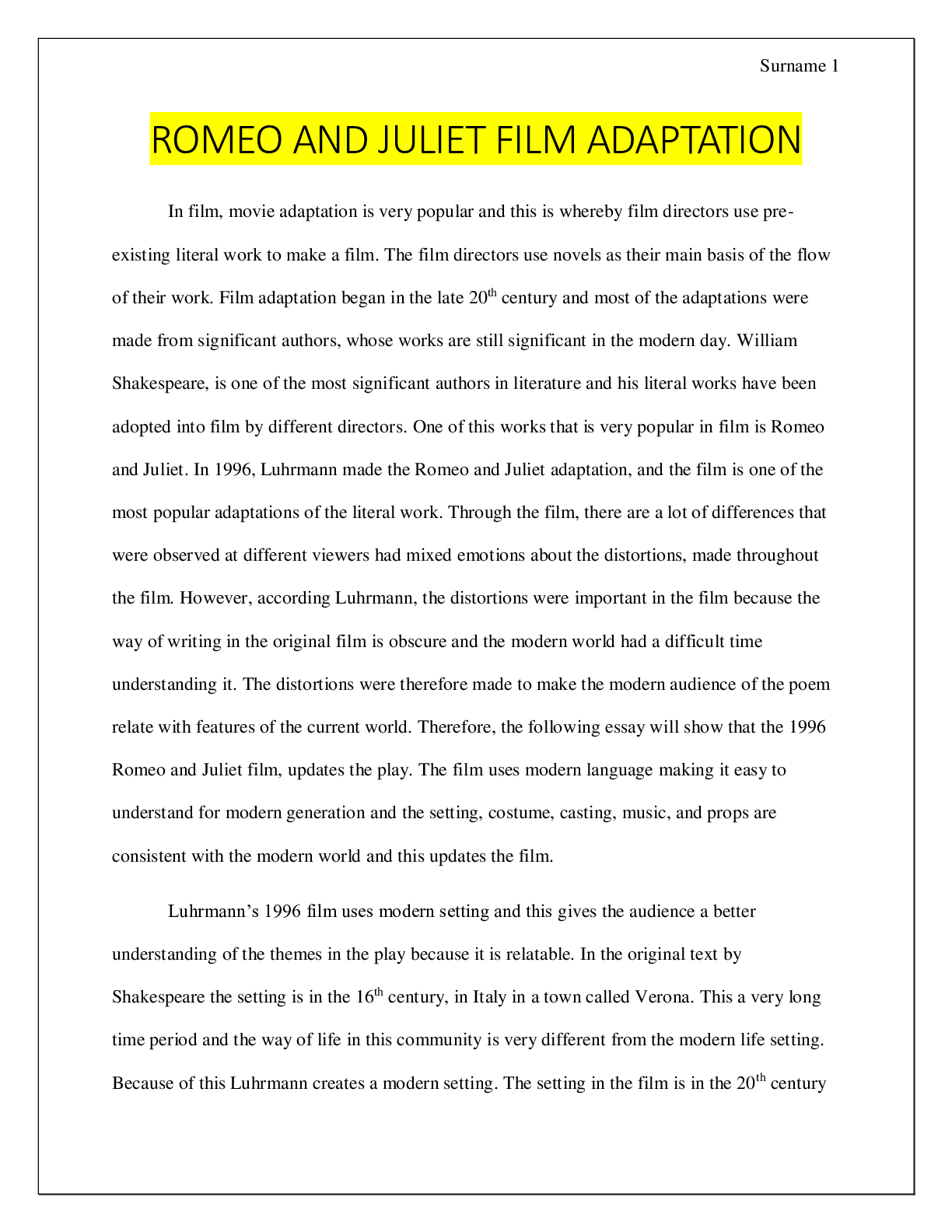
Reviews( 0 )
Document information
Connected school, study & course
About the document
Uploaded On
Sep 16, 2021
Number of pages
5
Written in
Additional information
This document has been written for:
Uploaded
Sep 16, 2021
Downloads
0
Views
89


